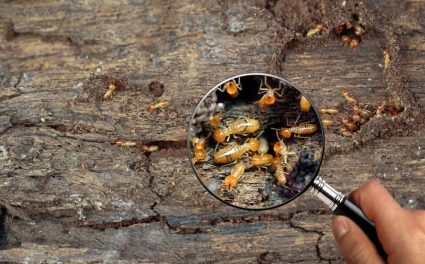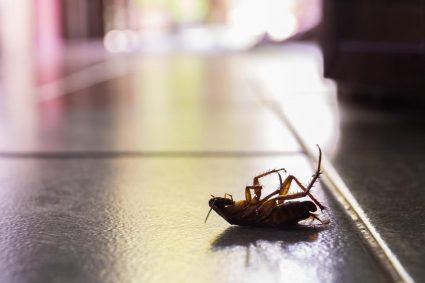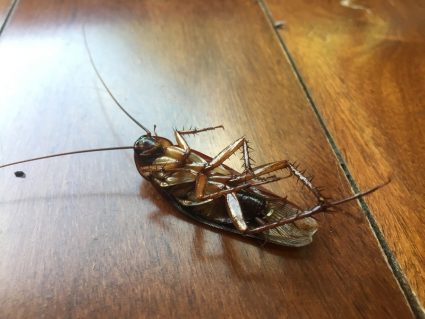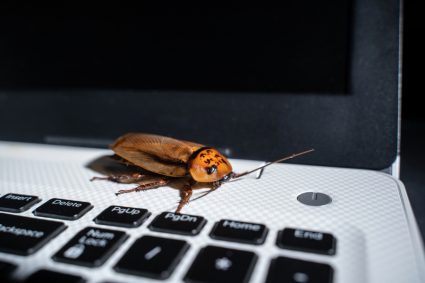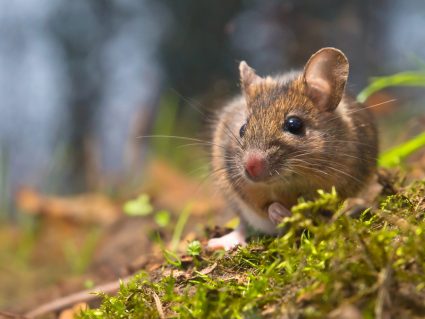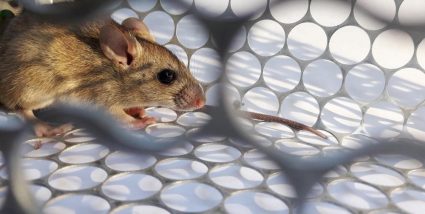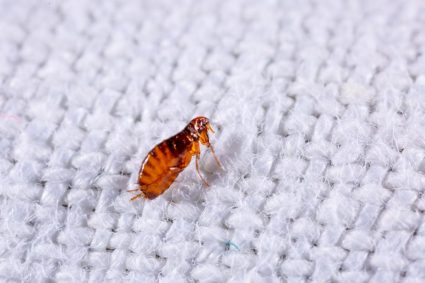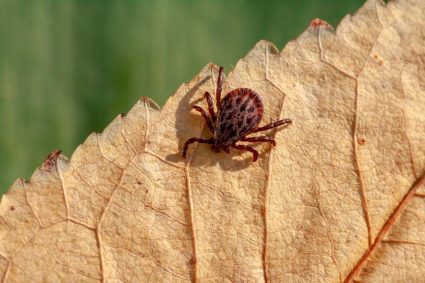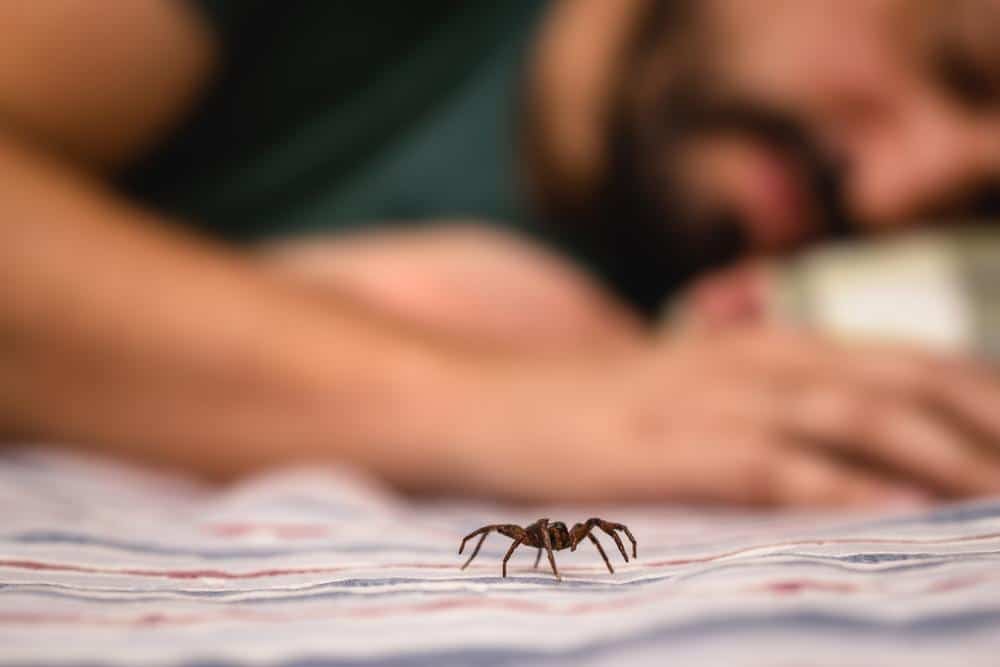
Brown Recluse spiders, also known as fiddle-back spiders, are notorious for their venomous bites. Although these spiders are not typically aggressive and prefer to stay in their quiet, undisturbed habitats, they can wander into your house seeking shelter and food. This article will delve into how these spiders get into your house, signs of their infestation, and effective preventative measures.
Brown Recluse spiders can enter your home through small cracks and crevices in the foundation and exterior walls, gaps around windows and doors, and even through A/C units or utility cable entrances. They are also attracted to homes with overgrown vegetation, woodpiles, or rocks near the exterior walls and can find their way inside from these outdoor hiding places. Inside, they prefer dark, secluded areas like closets, attics, basements, and crawl spaces.
Understanding the Brown Recluse Spider
Before we jump into the specifics, it’s important to understand what a Brown Recluse spider is and why it might find your home attractive. Brown Recluse spiders are usually between 6 and 20 millimeters in size and can range in color from whitish to dark brown or blackish-gray. They are native to the United States and are commonly found in the South and Central regions.
These spiders prefer dark, dry, and undisturbed areas, both indoors and outdoors. They are nocturnal and spend their nights hunting for soft-bodied insects like cockroaches, crickets, and other spiders. During the day, they rest in their webs, usually constructed in forgotten corners or crevices.
How Do Brown Recluse Spiders Enter Your Home?
Brown Recluse spiders can enter your home through various entry points. Some of the common routes include:
Cracks and Crevices: These spiders can easily crawl through small openings in your home’s foundation, exterior walls, and even around A/C units or utility cable entrances.
Windows and Doors: Gaps around windows and doors provide an easy access point for these spiders. Weather stripping and sealing these gaps can help prevent them from entering your home.
Outdoor Hiding Places: Brown Recluse spiders are often attracted to homes with overgrown vegetation, woodpiles, construction materials, or rocks near the exterior walls. They can then find their way inside through various openings.
Indoor Hiding Places: These spiders love dark, secluded areas like closets, attics, basements, and crawl spaces. They can also hide in boxes, among papers, in seldom-used clothing and shoes, under furniture, or in crevices such as baseboards and window moldings.
Signs of a Brown Recluse Infestation
Identifying a Brown Recluse infestation early can help prevent potential bites and the spread of these spiders in your home. Here are some signs to look out for:
Presence of Spider Webs: Brown Recluse spiders build irregular, off-white to grayish webs in undisturbed corners and crevices of your home.
Sightings of Egg Sacs: These spiders lay their eggs in off-white to tan colored, round sacs that are often found in their web.
Decreased Insect Population: If you notice a sudden decrease in the population of other insects in your home, it could be a sign of Brown Recluse spiders preying on them.
Actual Sightings: The most definitive sign of an infestation is the sighting of the spiders themselves. Remember, they are tan to dark brown with a distinctive violin-shaped mark on their back.
Preventing Brown Recluse Infestations
Preventing an infestation is always better than having to deal with one. Here are some effective preventative measures:
Seal Cracks and Gaps: Use silicone or acrylic latex caulk to seal any cracks in your home’s foundation and gaps around doors and windows.
Maintain Cleanliness: Regular cleaning and decluttering can help keep these spiders at bay. Vacuum regularly, especially in secluded areas like closets and basements.
Outdoor Maintenance: Trim plants and bushes near your house, remove debris like brush and leaf piles, and keep grass trimmed to discourage spiders from living near your home.
Pest Control Services: Regular pest control services can help deter Brown Recluse spiders and other insects from entering your home.
In conclusion, while Brown Recluse spiders are not typically aggressive, they can pose a threat to humans and pets if they feel threatened. With the right preventative measures and early detection, you can keep these spiders from becoming an unwelcome guest in your home.
Frequently Asked Questions
What happens if a Brown Recluse bites me?
A bite from a Brown Recluse spider can cause varying symptoms. Some people may experience no reaction, while others may develop a mild to severe reaction. Common symptoms include redness, swelling, and intense pain at the site of the bite. Severe reactions can result in necrosis (death of skin tissue), which can lead to a larger wound.
How can I identify a Brown Recluse spider?
Brown Recluse spiders are usually between 6 and 20 millimeters in size. They can range in color from whitish to dark brown or blackish-gray. Their most distinctive feature is a violin-shaped mark on their back, which is why they are also known as fiddle-back spiders.
What should I do if I find a Brown Recluse in my home?
If you find a Brown Recluse spider in your home, it’s crucial not to handle it with bare hands since they can bite when threatened. Instead, try to capture it for identification and call a professional pest control service immediately.
Are Brown Recluse spiders aggressive?
No, Brown Recluse spiders are not typically aggressive. They will only bite when they feel threatened, such as when they are trapped against the skin or disturbed.
How can I get rid of a Brown Recluse infestation?
To get rid of a Brown Recluse infestation, it’s best to call a professional pest control service. They have the knowledge and tools to safely eliminate these spiders from your home. In the meantime, avoid disturbing their habitats and keep your distance to prevent bites.

